Many people don’t know the differences between a backhoe and a bulldozer until they deeply probe the subject. When making crucial construction decisions, it is essential to determine which pieces of equipment are required for a project. Individuals in the wholesale and retail sectors must also analyze the market and decide what should be added to their catalog. This write-up explores the differences between a backhoe and a bulldozer to allow readers to make informed choices about which is ideal to stock.
Table of Contents
The global market size of backhoes and bulldozers
What is a bulldozer?
What is a backhoe?
Backhoe vs. bulldozer – a comparative analysis
Conclusion
The global market size of backhoes and bulldozers
The construction industry is multiplying around the world, and this is driving the demand for backhoes and bulldozers. These machines build buildings, roads, railways, and airports. Developing countries are especially adopting these machines for infrastructure development. There is also a focus on using energy-efficient equipment that produces less pollution, contributing to the market’s growth. Additionally, there is a preference for automated machines instead of manual labor. Technological advancements and innovative features are further boosting the demand for these machines.
In 2022, the global bulldozer market size was valued at US$ 4.8 billion, and it is expected to reach US$ 6.8 billion by 2028, with a growth rate of 6.1% during 2023-2028. The global backhoe loader market was valued at USD 15.93 billion in 2022. It is now projected to reach USD 25.77 billion by 2030, at a compound annual growth rate (CAGR) of 6.20% over the forecast period.
What is a bulldozer?
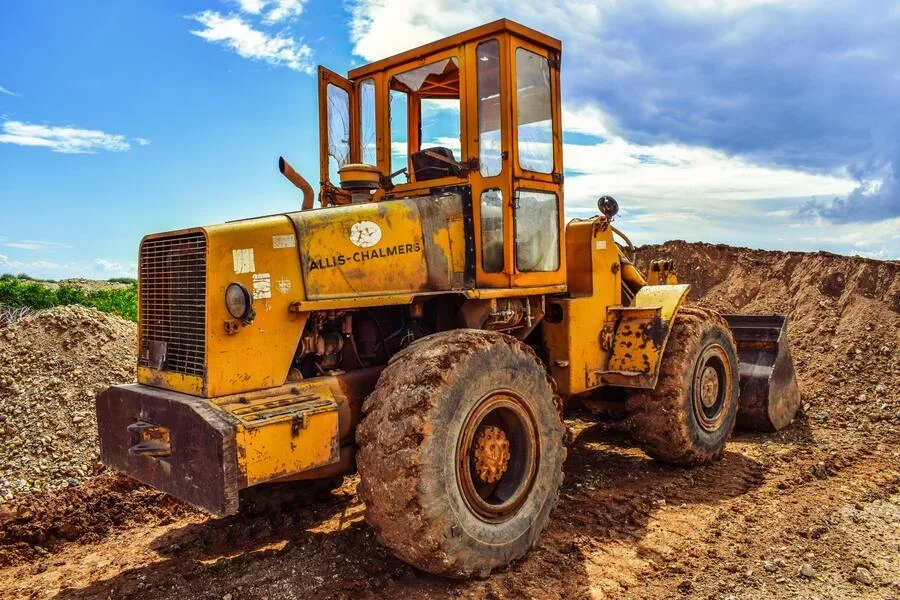
Bulldozers are probably the first piece of equipment that comes to peoples’ minds when discussing construction. Its sealed cabin with a robotic arm at the front has been in construction fields for decades.
A bulldozer is a huge, motorized machine that travels on tracks with large tires. It is accompanied by a metal blade at the front to push soil, sand, rubble, and more. A ripper or a hook-like device can be mounted on the rear to loosen the dense construction material.
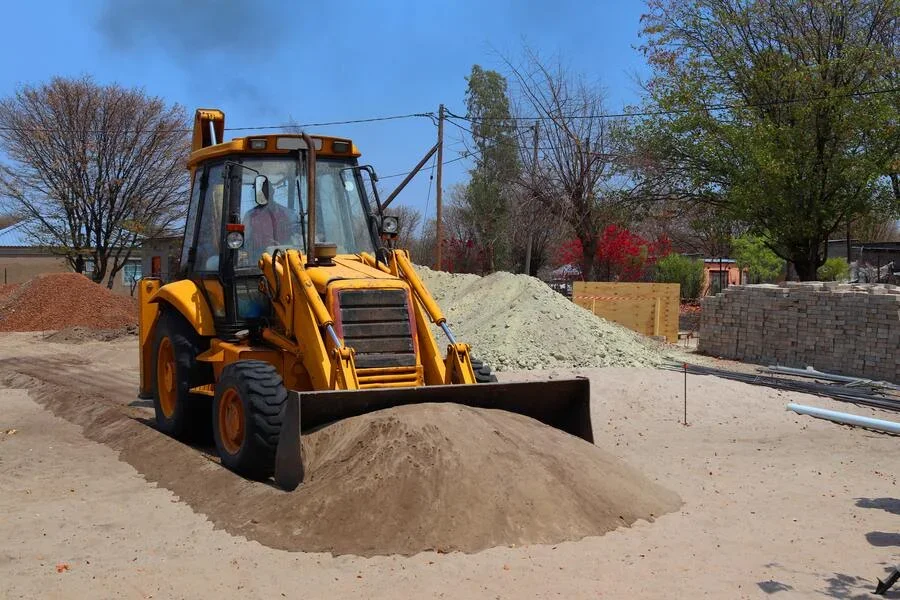
Bulldozers are versatile and have several attachments. These could be varied and installed for excavation, grading, and earth-moving.
Some different types of bulldozers are the:
- Mini bulldozer – Its small size makes it apt for projects that demand limited maneuverability.
- Crawler bulldozer – It has a heavy plate attached at the front to move debris while the tracks allow usage on uneven surfaces.
- Wheel bulldozer – As the name suggests, this one has wheels to drive on the road. This makes it easier to shift the dozer from one worksite to another. There is also a small axis to make the machine more maneuverable.
What is a backhoe?
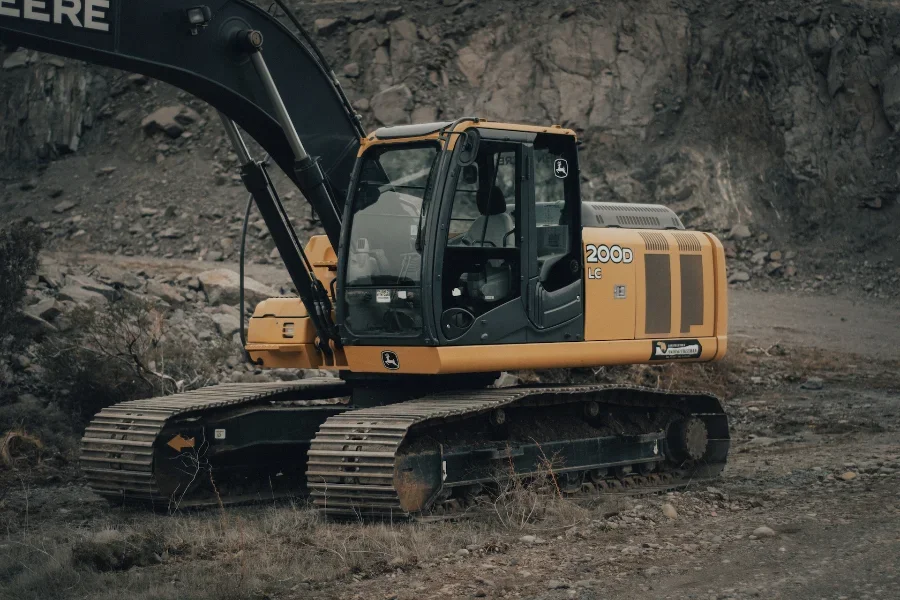
A backhoe or back actor is a piece of excavation equipment known for its diverse applications. A digging bucket is attached at the end of a two-part articulated arm.
Like the bulldozers, a backhoe cabin is completely sealed. It has clear windows to ensure the view is clear for the operator. Given its multi-purpose nature, a backhoe is often necessary at construction sites. They can be used to dump, lift, dig, and remove materials.
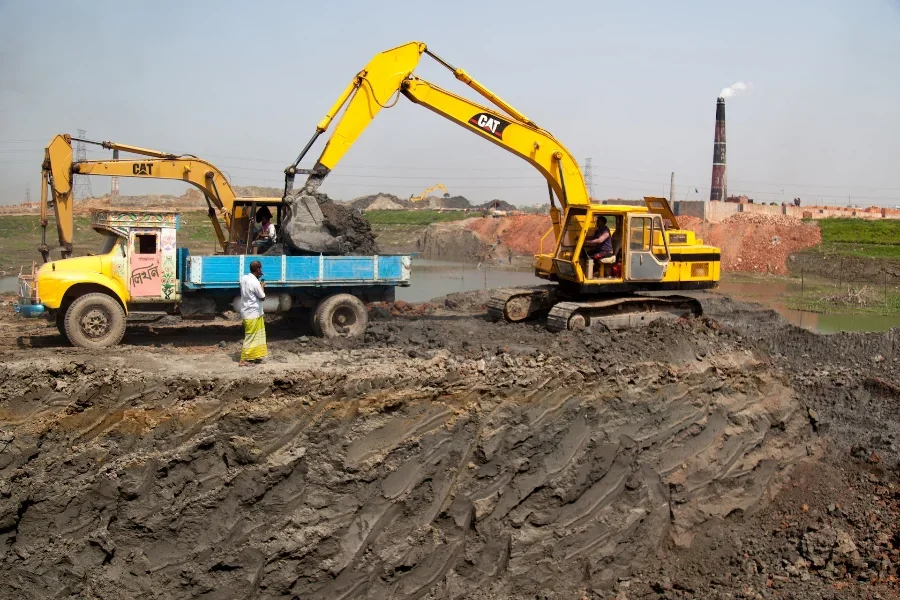
Further, backhoes can easily drive on roads. And this quality makes them apt for projects with extensive worksites.
Some common types of backhoes include the:
- Center mount backhoe – It has a long arm that can bend in the middle, with a big scoop for digging on one side and a big scoop for lifting on the other. The arm can turn all the way around in a circle.
- Side shift backhoe – With a side-shift backhoe, the operator can move the backhoe unit sideways, which greatly helps when working in small and cramped areas.
- Extendable dipper backhoe – This backhoe has a long arm that can be made even longer. It helps the operator reach further and dig deeper. This is useful when working on projects that need to dig deep or when there are things in the way that need to be reached.
Backhoe vs. bulldozer – a comparative analysis
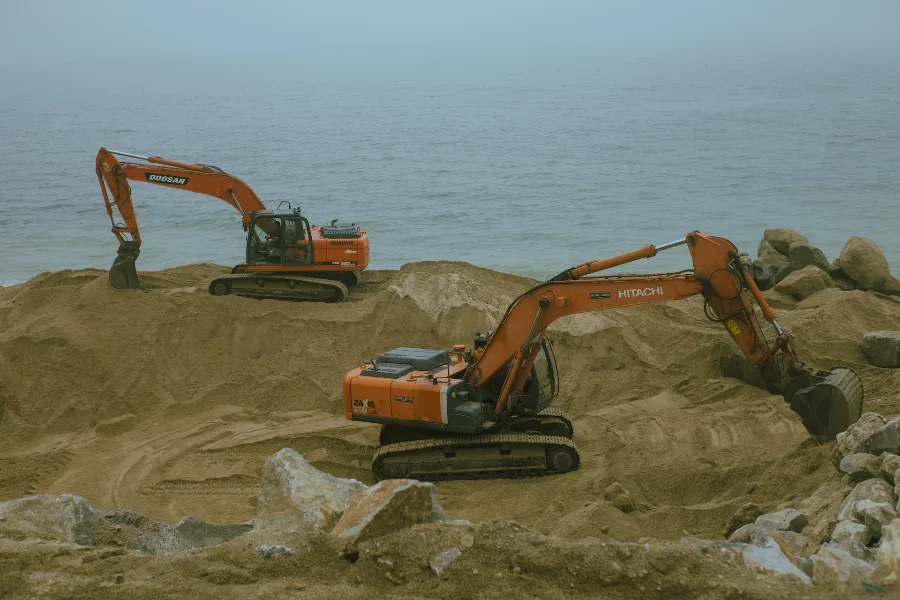
The primary difference between backhoes and bulldozers is that of functionality. Let’s discuss the factors that divide the two machines:
Structure
Bulldozers have a front blade but no attachments at the backside. On the contrary, a backhoe has a front bucket and an excavator arm. This structural difference largely contributes to their usage during construction projects.
The structure of each machine also impacts its mechanism. A bulldozer, for instance, runs on the tracks and provides more stability on bumpy, muddy, or dry surfaces. Consequently, the traction offered by a bulldozer is far better than backhoes running on wheels.
Purpose
It is important to distinguish between each machine’s purpose to ensure prospects can access the right equipment. Generally, backhoes are handy while digging whereas bulldozers are used to clear sites.
The excavator bucket of the backhoes can sweep the dirt toward the machine. The removal of dirt creates a trench and eases the next step of the project. However, one should seek help from a bulldozer when aiming to clear the material. Its front end can easily pull through large piles of gravel without losing traction over huge material piles.
The size and traction of a backhoe make it suitable for small to medium-scale projects. Dozers, on the other hand, work well for commercial and large-scale projects.
Power
The size of bulldozers and backhoes makes it evident that they differ in terms of power. It is vital to scrutinize the available power degrees to stock the relevant machines. Bulldozers start at 80 HP and go up to 890 HP.
The power capacity of backhoes is relatively smaller. They are typically available between 74 HP to 100 HP. Backhoes can sometimes be used to perform solid work, but bulldozers are needed when the task is heavier than usual.
Similarities between backhoes and bulldozers
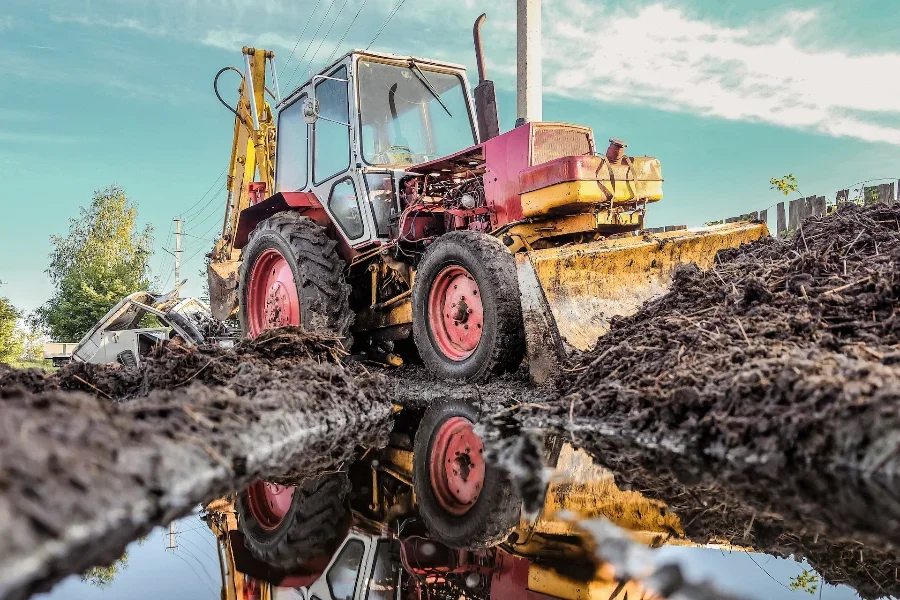
So far, all the differences between backhoes and bulldozers have established that dozers tend to be more powerful and efficient than backhoes. But this doesn’t mean that backhoes don’t have a vital role to play. In fact, the front hand of a backhoe facilitates lifting better than the dozers.
Also, a bulldozer isn’t useful when the task at hand requires digging because it digs a shallow hole. Instead, it helps more during the phase of leveling earth surfaces. The two machines therefore complement each other and simultaneously increase the work pace.
Conclusion
Retailers dealing with construction machinery should keep an eye on market trends and requirements. If the market demands a machine to create slopes or flatten an area, they should have easy access to various bulldozers. But if the demand is to dig materials and operate from a single spot, they must find backhoes with multiple capabilities.
The safety of operators and workers should be prioritized when stocking the machinery. A key rule is ensuring that every piece of equipment has safety guidelines and information for smooth operations. There are several wholesalers and retailers who are following this rule while filling the market gaps. Check out Alibaba.com to view quality listings of industrial machinery such as backhoes and bulldozers.
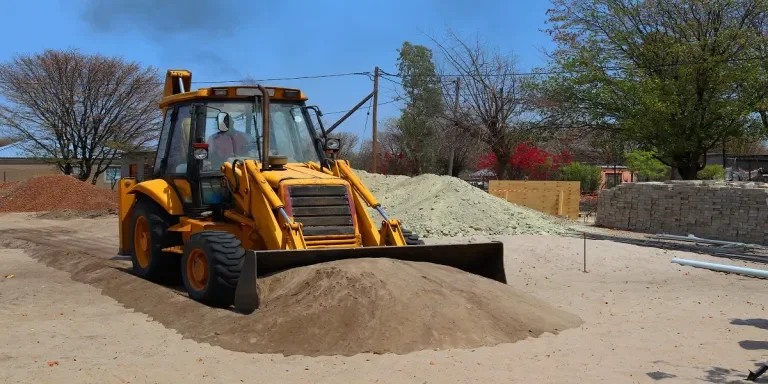




 Afrikaans
Afrikaans አማርኛ
አማርኛ العربية
العربية বাংলা
বাংলা Nederlands
Nederlands English
English Français
Français Deutsch
Deutsch हिन्दी
हिन्दी Bahasa Indonesia
Bahasa Indonesia Italiano
Italiano 日本語
日本語 한국어
한국어 Bahasa Melayu
Bahasa Melayu മലയാളം
മലയാളം پښتو
پښتو فارسی
فارسی Polski
Polski Português
Português Русский
Русский Español
Español Kiswahili
Kiswahili ไทย
ไทย Türkçe
Türkçe اردو
اردو Tiếng Việt
Tiếng Việt isiXhosa
isiXhosa Zulu
Zulu